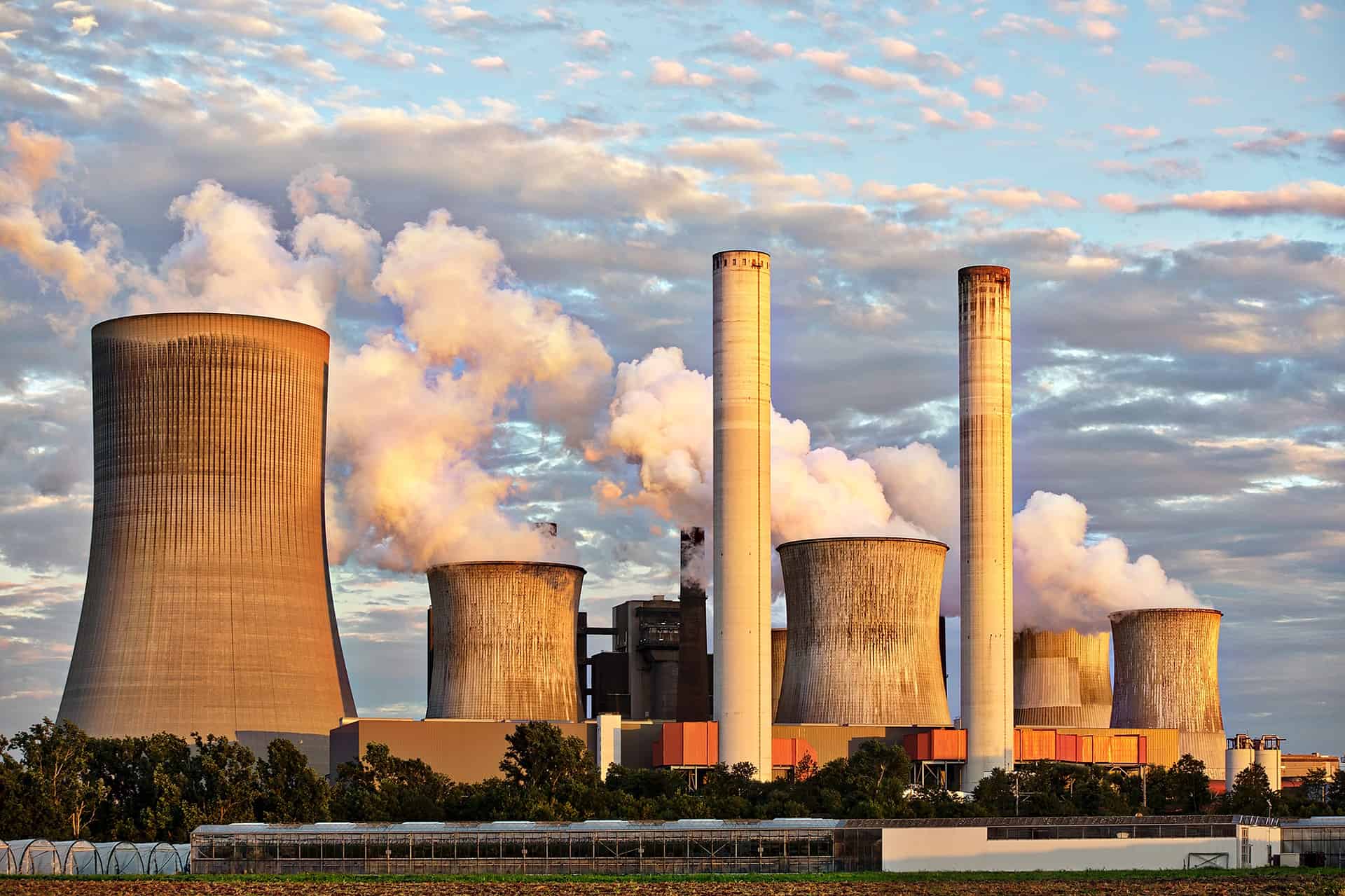According to the National Grid Electricity System Operator (ESO) the milestone was reached at 13.24 on Wednesday 8th May (the last coal generator came off the system exactly a week earlier at 13:24hrs on Wednesday 1st May)

This marks the first time since the launch of the UK’s first public coal power station in 1882 (see archive box-out below) that coal has been absent from the energy mix for an entire week.
Coal dominated UK electricity production for much of the 20th century. Indeed, until 1990 it was still responsible for 67 per cent of the UK’s total, But the so-called dash-for-gas, and the more recent emergence of renewable generating capacity has seen coal-use fall dramatically.
According to BEIS figures, in 2017 coal accounted for 4.8 per cent of UK primary energy demand.
The latest news, which has been hailed as a major step towards completely phasing out coal by 2025, builds on a number of recent milestones: in May 2016, solar power produced more electricity than coal for the first time, producing 1.33TWh compared to 0.9TWh from coal, whilst more recently (21 April 2017) had its first coal-free generation day since Victorian times.
ESO Director Fintan Slye said that latest milestone has been achieved through significant investments in low carbon technologies and network infrastructure. “We have been working with industry over the last few years to ensure the services we require to operate the network are not dependent on coal,” he said. “We have been forecasting the closure of coal plant and reduced running for some time – due to us having to manage more renewables on the system. Transmission owners have invested in their networks accordingly and we have refined our operational strategies and real-time operation of the network to ensure continued secure and economic operation.
Slye added that he expects to see many more coal-free periods in the months and years ahead: “As more and more renewables come onto our energy system, coal-free runs like this are going to be a regular occurrence. We believe that by 2025 we will be able to fully operate Great Britain’s electricity system with zero carbon.”
From the Archive: The World's first coal-fired power station
The Edison Electric Light Station (also known as the Holborn Viaduct Power Station) became the world’s first coal-fired power station when it began operating at 57 Holborn Viaduct, London in January 1882.

Built by Thomas Edison’s Edison Electric Light Company just three years after the invention of the incandescent light bulb, the plant burnt coal to drive a 92kW, 27-tonne generator which produced DC current at 110 Volts.
Reporting on this landmark development, The Engineer wrote: “This machine is intended to supply the current for 1000 Edison lamps of 16-candle power each and is the largest machine hitherto erected. The new machine has been tried with 1360 lamps running for fifteen hours per day for several consecutive days.”
The facility initially provided power for street lighting, until it was closed in 1886 and the lamps were converted back to gas.
CLICK HERE FOR OUR FULL ARCHIVE STORY

Poll: Should the UK’s railways be renationalised?
I think that a network inclusive of the vehicles on it would make sense. However it remains to be seen if there is any plan for it to be for the...